How much power are roller rockers worth? How do rockers compare to a cam swap? Can I get the same power gains with rockers and not have to tear apart the motor to replace the cam?
All good questions, so let’s take a closer look at the two.
But before we get to the rocker vs. cam test, we need to understand that there is one missing component in this discussion, and that is valve springs. In life, there are things that just go together, like Crown & Coke, peanut butter & jelly, and Batman & Robin.
Considerably less famous than the many others, we will demonstrate that valve springs are the Boy Wonder to the roller rocker and camshaft’s Caped Crusader.
Initially the combination may seem unnecessary, but rest assured, testing with either has shown the necessity of a proper spring package. Even on a stock cam, roller rockers require a spring upgrade, lest you run afoul of the evil known as valve float. Truth be told, every (high-mileage) modified LS should be treated to a valve spring upgrade, but this is especially the case when installing a performance cam or roller rocker upgrade.
Why go to all the trouble you ask? Roller rockers offer two benefits, reduced friction and (in this case) increased lift. Since we all know LS cam upgrades offer amazing power gains, think of roller rockers as portion of a cam upgrade. The gains are commensurate with the ease of installation, but roller rockers (spoiler alert) will never equal the power gains of a good cam swap.
To illustrate the actual power gains offered by both, we decided to run a test on an unsuspecting 4.8L LS!
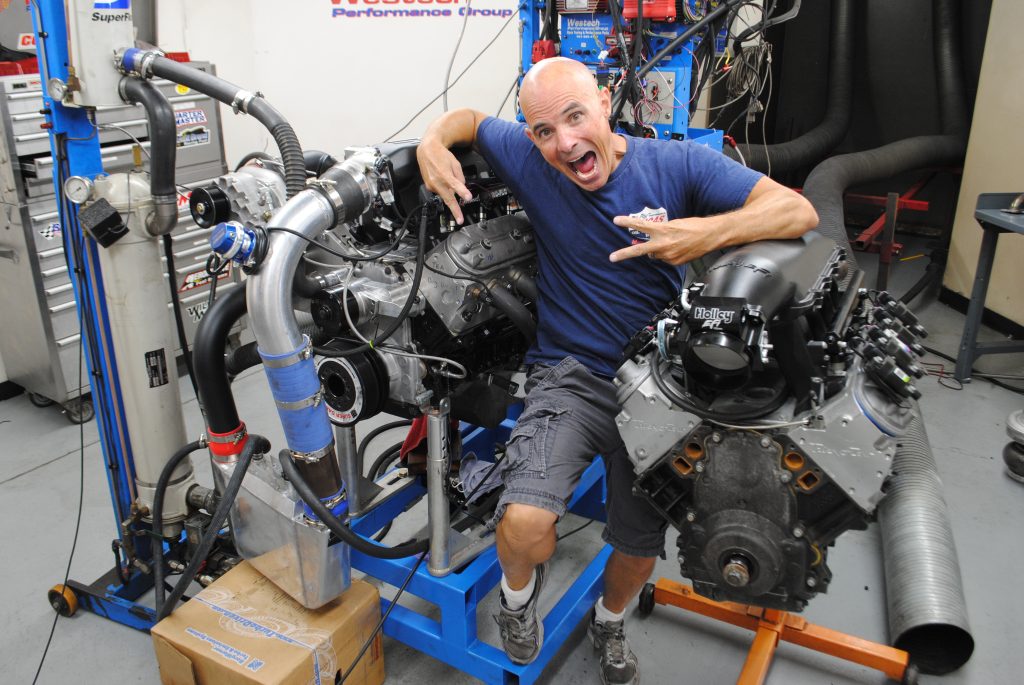
Our Valvetrain Upgrades
To compare our valve train vigilantes, we needed three things for our test motor, a camshaft, a set of roller rockers and a valve spring upgrade. For rockers, we chose a set of bolt-down Ultra-Gold rockers from the COMP ARC series. The COMP rockers (PN CCA-19024-16) offered ease of installation (simple bolt down replacement), a 1.72:1 rocker ratio to slightly increase lift (stock was 1.7), and extra strong, CNC-extruded rocker bodies that featured billet trunnions with captured needle bearings. Toss in a roller tip to replace the friction-robbing, factory slider tip and you have the makings of a serous rocker upgrade.
Knowing rockers alone weren’t enough, we combined them with a set of COMP beehive valve springs (PN CCA-26918-16). Designed as a direct replacement for the factory LS valve springs, the beehive design balanced increased spring rate (over factory) with reduced valvetrain mass (over dual springs). Though we ran our testing with the low-lift, stock cam, the 26918 springs will accept up to 0.625″ lift (more important for our BTR Stage 2 cam).
The LS Test Engine
Speaking of test motor, we had a nice little 4.8L just sitting around the shop ready for action. The rocker upgrade would be equally at home on any cathedral port, LS application, but we had the little LR4 truck motor at our disposal so we decided to give it a go. In truth, even a bone stock motor would suffice for this testing, but this LR4 had a few upgrades.
After removal from the wrecking yard, the 4.8L was treated to machine work that included boring, honing, and decking before the installation of a set of JE SRP forged pistons. The 0.010″ over slugs featured 7cc domes and were designed to work with the factory press-pin rods. The remainder of the short block included new JE rings and C77 bearings as well as Fel-Pro MLS head gaskets and ARP head studs.
The JE short block was topped with a set of stock 706 heads and the truck intake. The manifold received an Accufab throttle body, 50 pound Holley fuel injectors and matching Dominator EFI management system. Finishing things off was a Meziere electric water pump, Lucas 5w30 synthetic oil, and a set of 1-3/4 inch long-tube headers.
Valvetrain vs. Camshaft Test
The first order of business was to run the motor in stock trim to establish a baseline. Equipped with the stock cam, rockers and valve springs, the 4.8L produced 340 hp at 5,500 rpm and 346 lb.-ft. of torque at 4,600 rpm.
We then removed the coil packs, valve covers, and stock rockers to prepare for the spring swap. Truth be told, we tried the rockers with the stock springs and immediately ran into valve float. To cure the instability problem, we installed the COMP valve springs with a trick valve-spring compressor. The COMP valve spring compressor allowed us to perform the spring swap with the heads on the motor while it was still warm on the dyno. After removing the spark plugs, we applied air pressure to the cylinder to keep the valve closed then replaced the stock springs with the COMP springs.
After our spring swap, it was back to the control room to run the final test. The new COMP 26918 valve springs not only allowed us to rev the motor to 7,000 rpm without fear of valve float, they also allowed us to demonstrate to gains offered by the rocker upgrade.
You will remember that the 4.8L produced peaks of 340 hp and 346 lb-ft of torque with the stock rockers. After installation of the COMP roller rockers and 918 springs, the peak power jumped to 353 hp and 352 lb-ft of torque (see graph 1). The rocker upgrade increased the power output not just at the peak, but also showed consistent gains from 4,500 rpm to 6,500 rpm.
Obviously, the roller rocker upgrade worked, but would the gains compare to a cam swap?
To compare the gains offered by the roller rockers to a typical camshaft, we ran this same 4.8L test motor with a cam upgrade. In fact, we ran it with a number of different cams from Summit Racing, Tick, JFR, Cam Motion, and Elgin—all with similar results.
The gains illustrated here are from the folks at BTR, using their Stage 2 turbo cam, but know that cams alone can add anywhere from 25 to 30 horsepower, to over 100 horsepower depending on the rest of the combo. We put the COMP beehive springs to good use, as the BTR Stage 2 cam offered a 0.605/0.598 lift split, a 226/231 degree duration split and 113 degree LSA. Actually designed for a turbo application, this cam was maybe a tad on the big side for a 4.8L, but it showed what kind of power can be had from a simple cam swap.
After swapping in the BTR cam (with stock rockers), the power output of the 4.8L jumped to 414 hp at 6,600 rpm and 365 lb.-ft. of torque at 5,500rpm. This cam (and cams like it) improved the power output of the 4.8L by a whopping 74 horsepower. It is important to note that the power gains provided by the cam swap were most prominent higher in the rev range. (Before you ask, we did not run the BTR cam with the roller rockers, though that would have been a very cool test to add.)
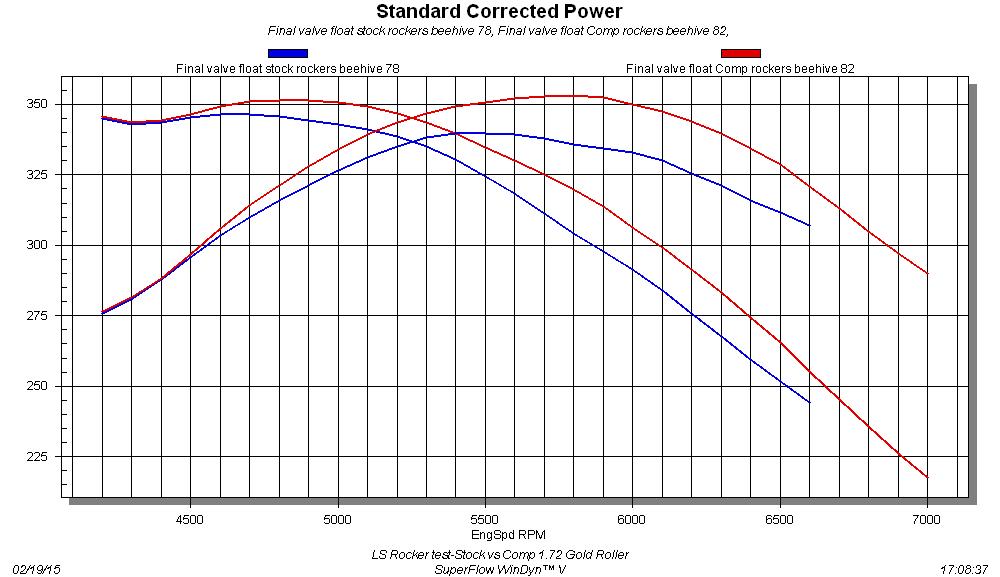
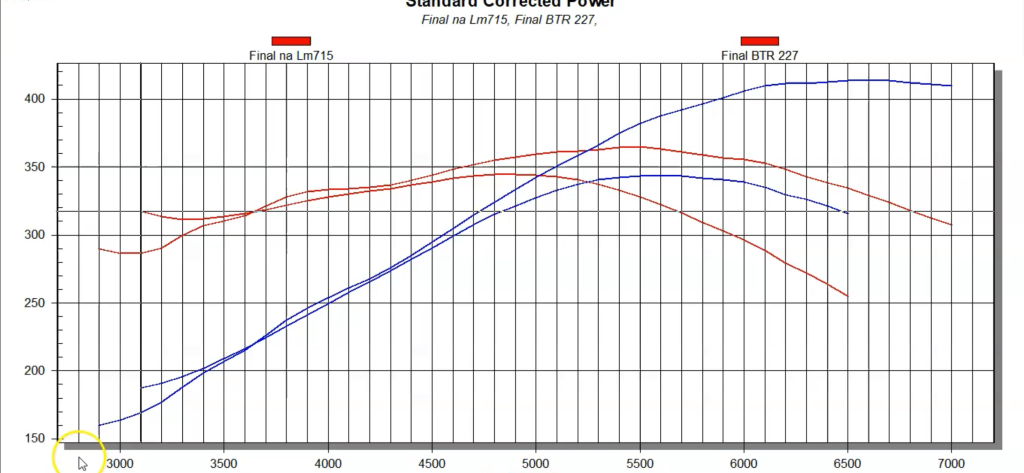
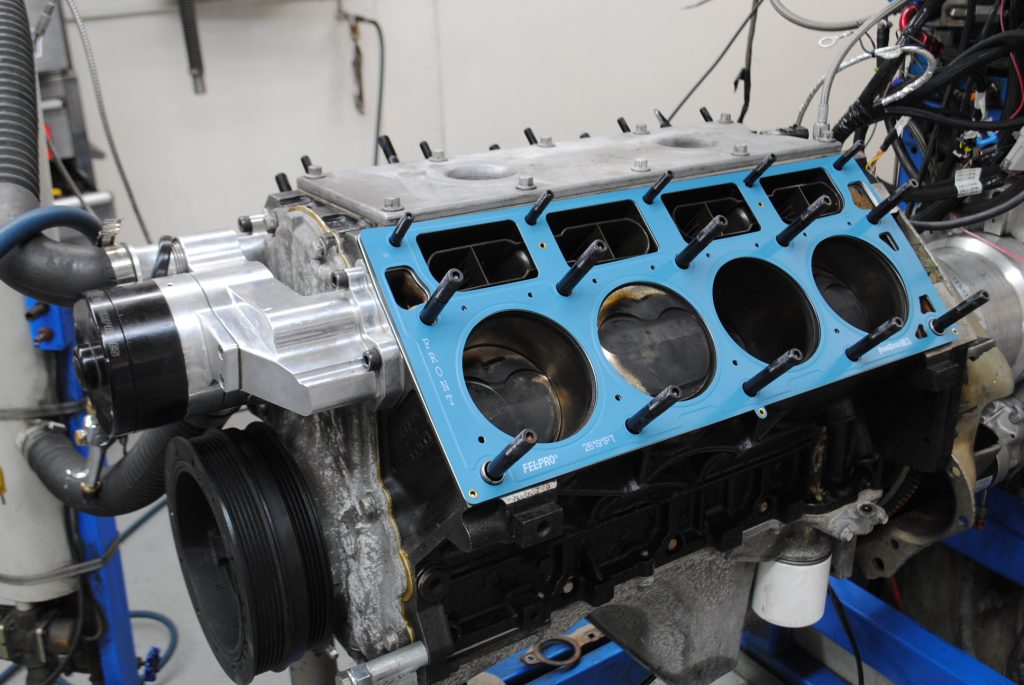
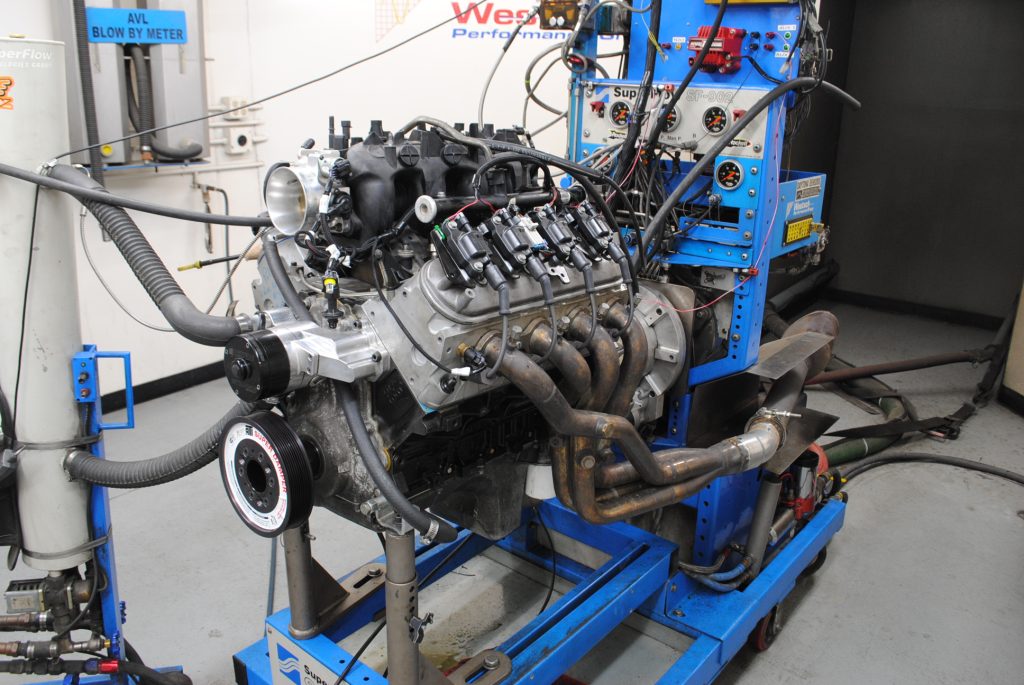
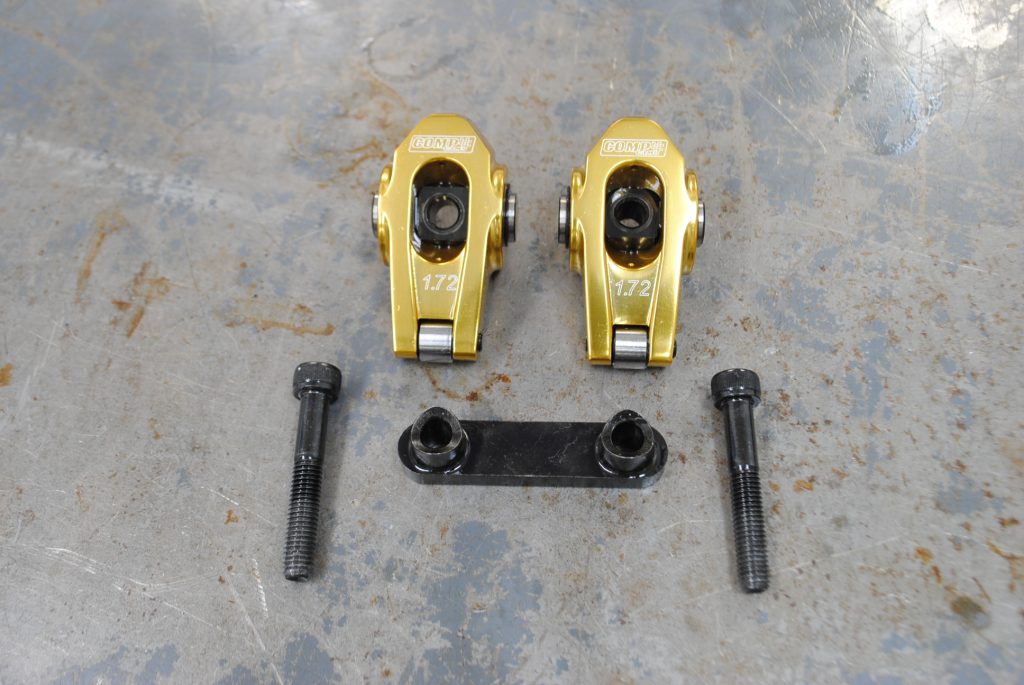
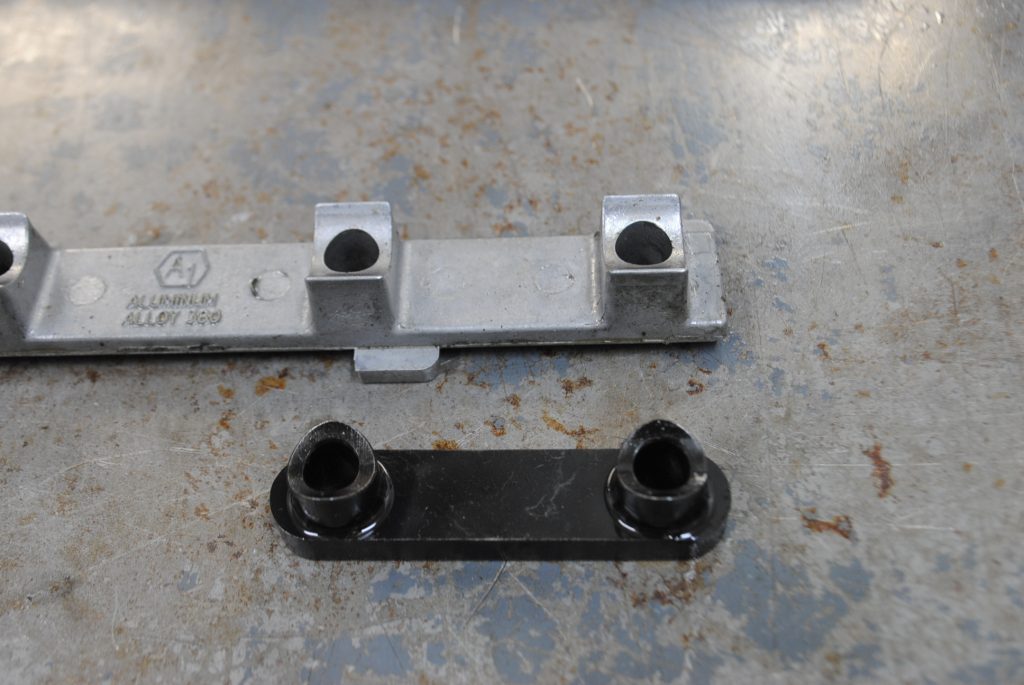
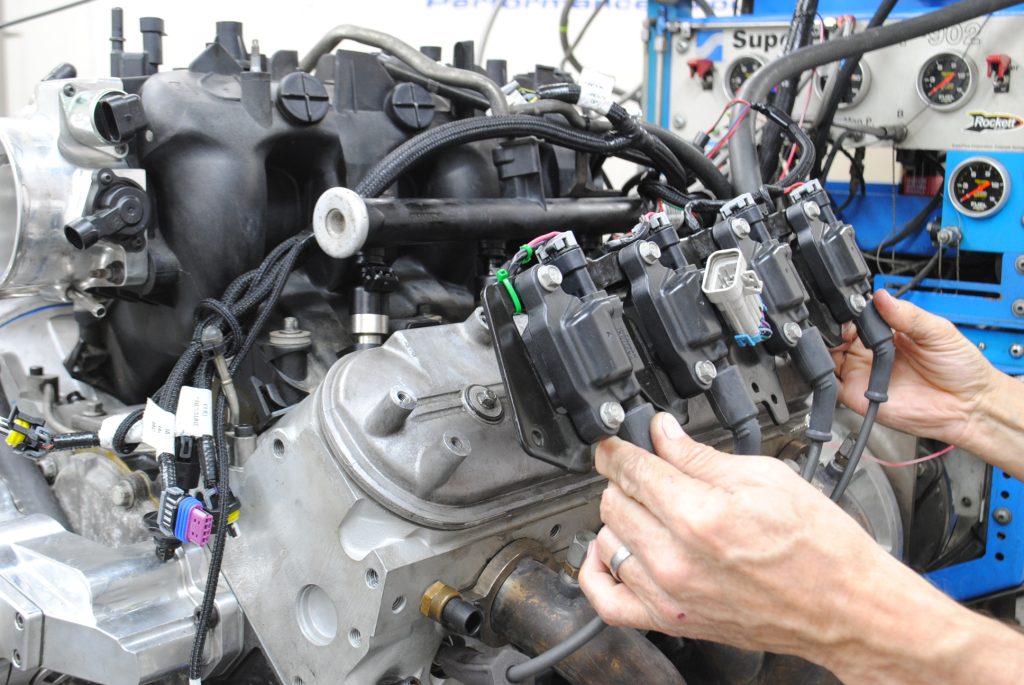
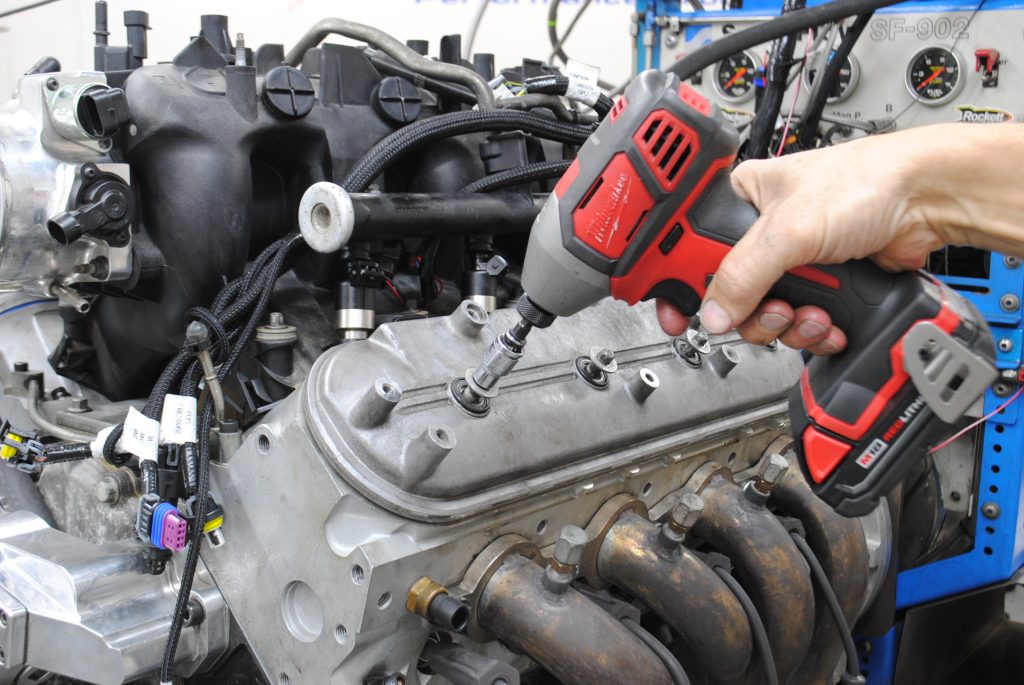
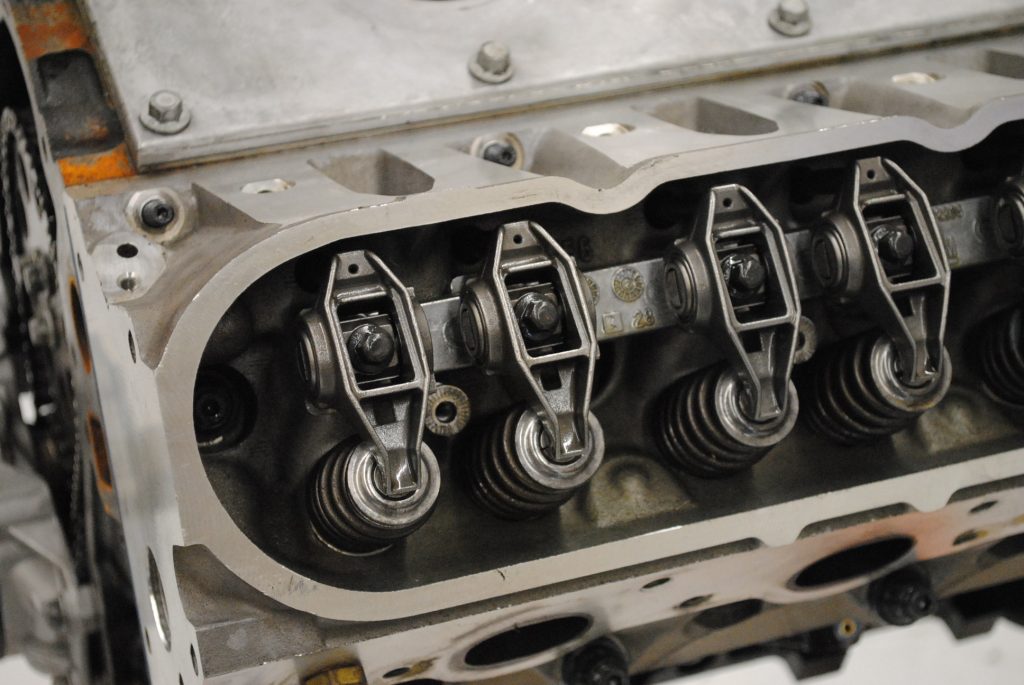
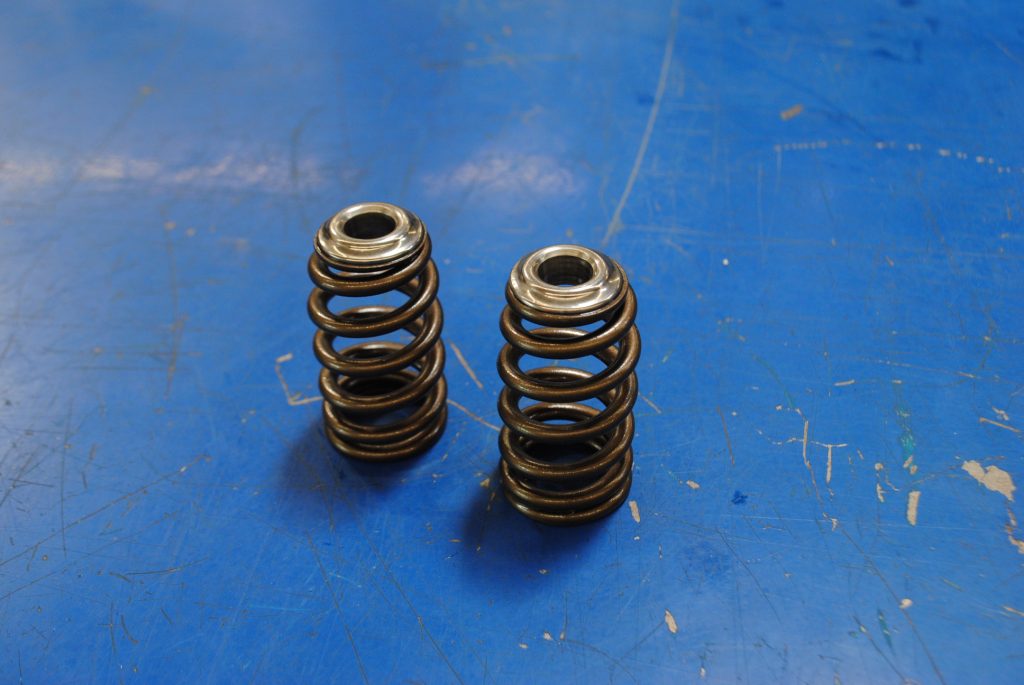
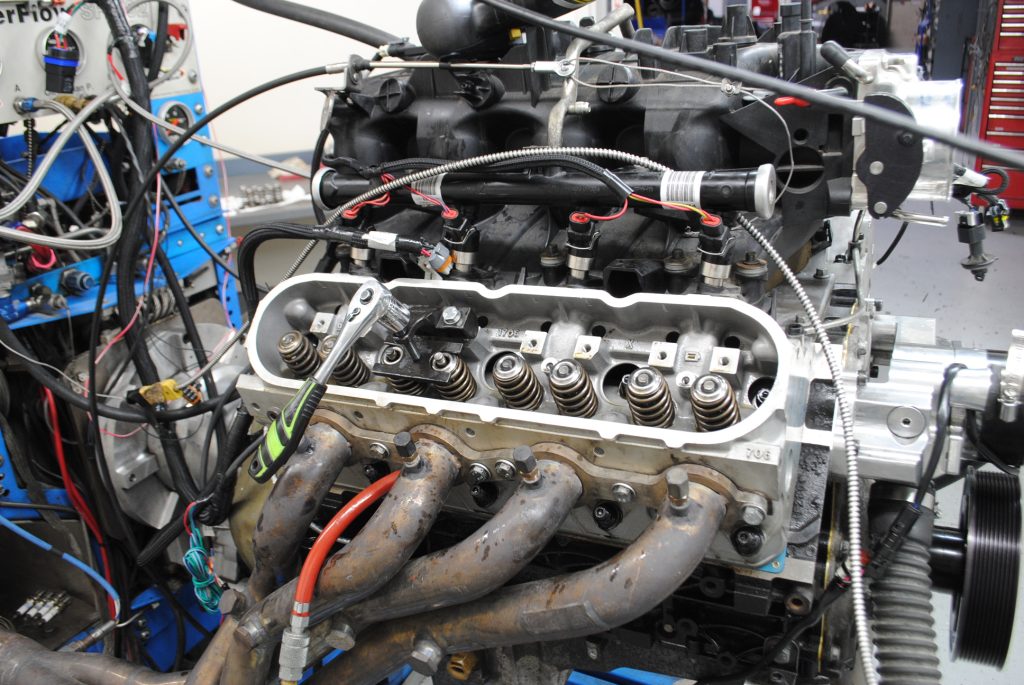
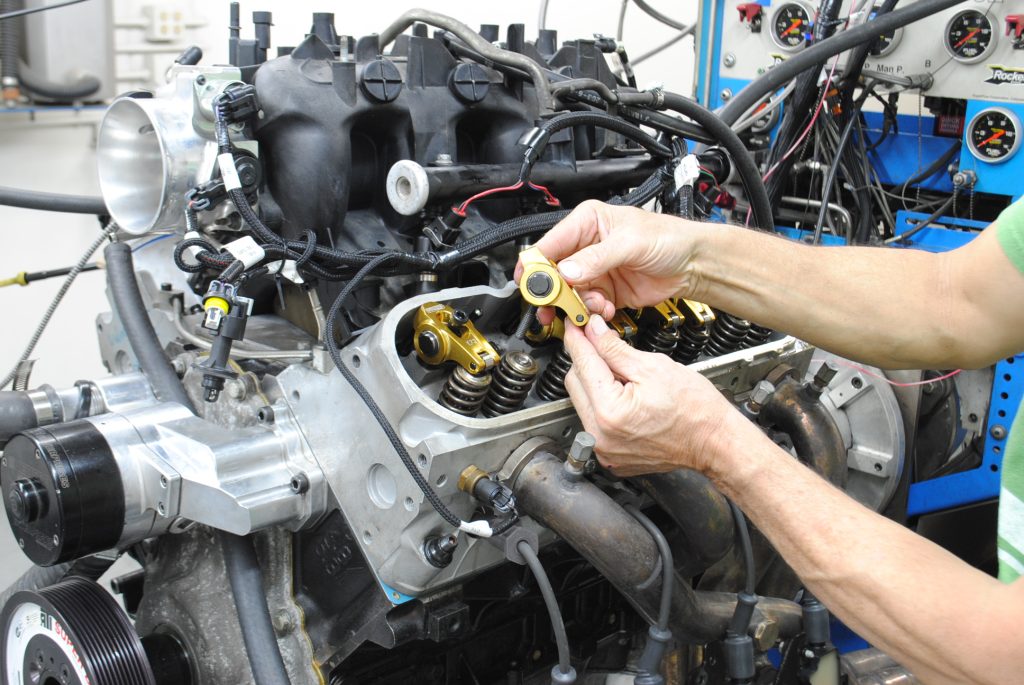
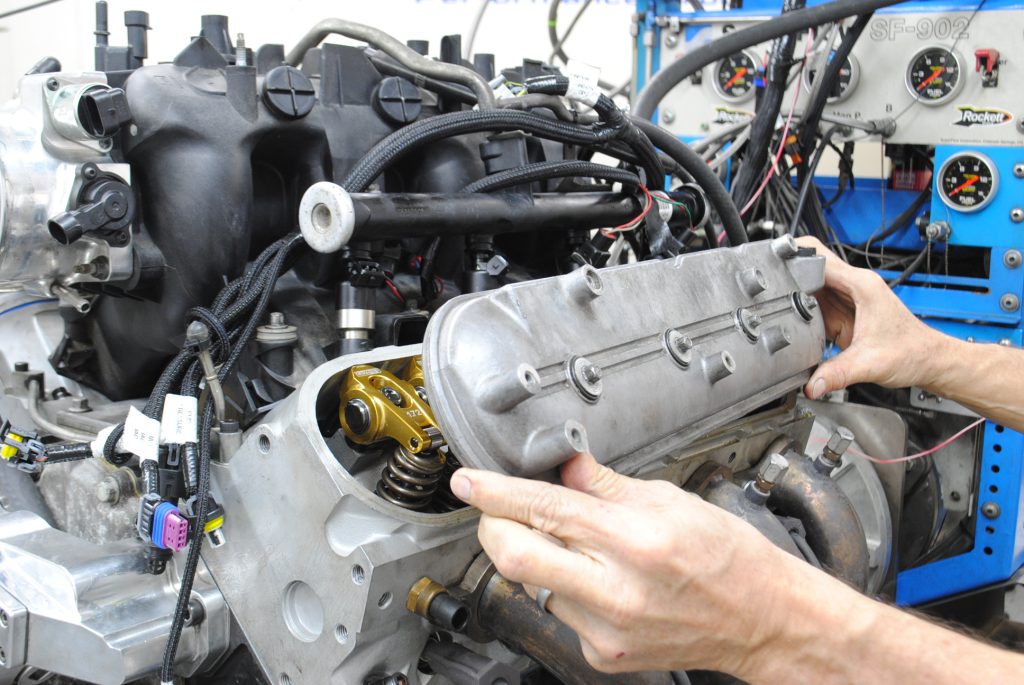
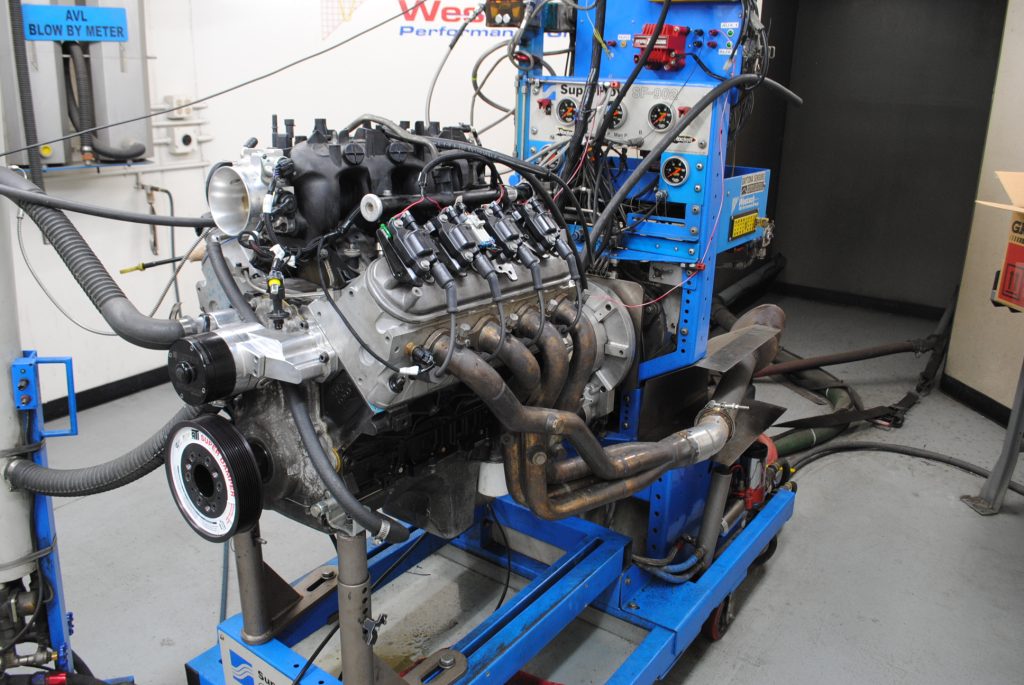

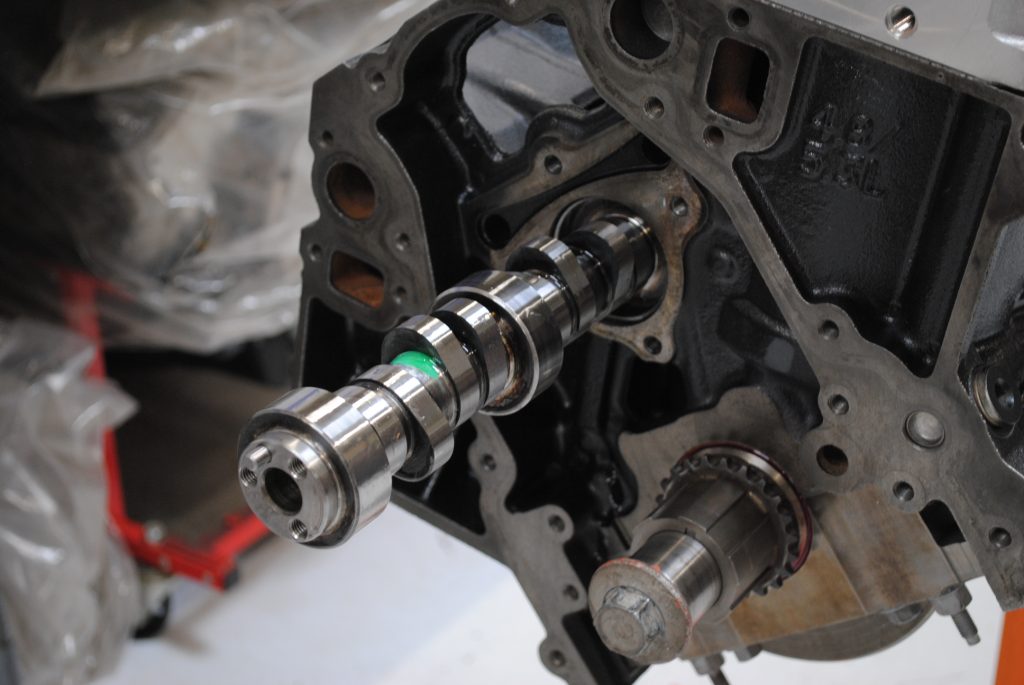


Comments